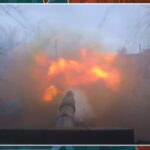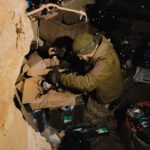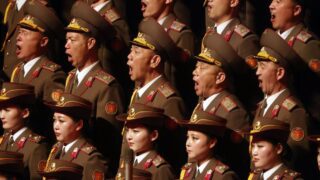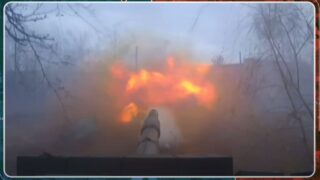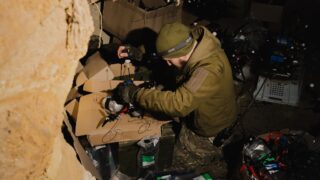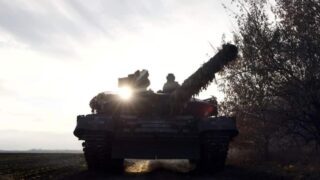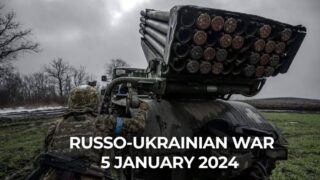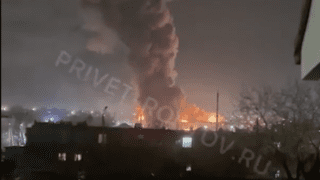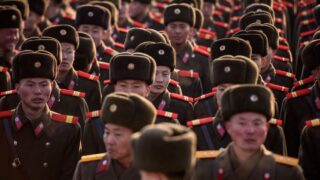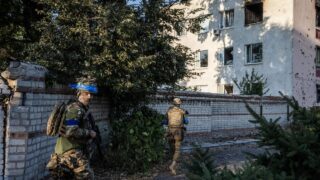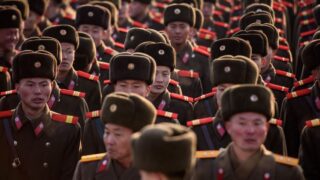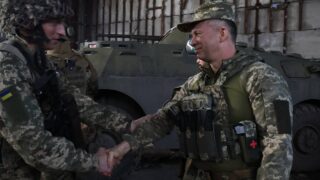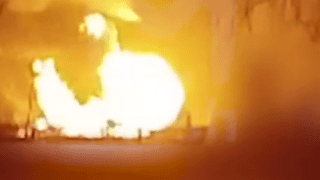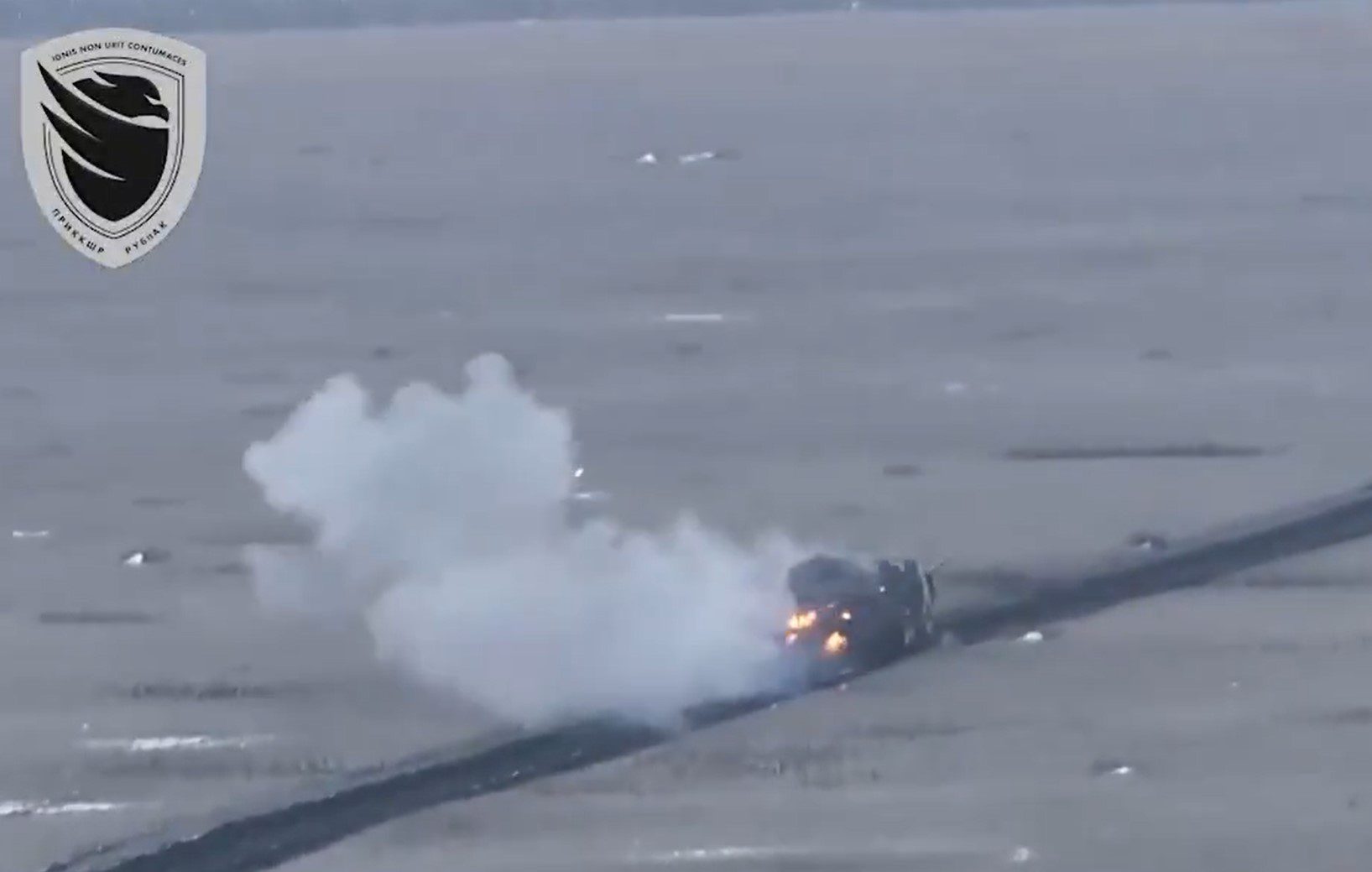
Forbes: Russian tank dies lonely death in broad daylight as five Ukrainian drones strike
A recent incident near Kurdyumivka in eastern Ukraine has starkly illustrated how Ukraine’s dense network of drones has effectively paralyzed Russian armored warfare capabilities along the entire 800-mile front line, Forbes reports. The Russian military can no longer move tanks without drawing lethal attention from Ukrainian drones that now blanket both Ukrainian and western Russian territory.
Ukrainian forces recently documented what they termed “a very unfortunate suicide” – a lone Russian tank attempting to advance toward Ukrainian positions, only to be systematically destroyed by a swarm of drones. The Phoenix drone group, which conducted the operation, deployed five separate drones in the attack, demonstrating the overwhelming technological advantage that has come to define the conflict.
“The fate of this piece of iron was obvious,” reported the Phoenix drone group. “Our guys took it apart to the last detail.”
The incident, which saw four explosive first-person-view drones and a heavier bomber drone methodically disable and destroy the tank, highlights a critical vulnerability in Russian military doctrine. One Russian military blogger criticized such tactics as “banzai attacks,” noting that tank commanders who authorize such movements “gain nothing, lose everything, and provide uplifting content for the armed forces of Ukraine.”
Video of strikes with four FPVs and night bomber UAV on a Russian tank by the Ukrainian Border Guard’s Phoenix strike UAV company.https://t.co/IvqxWQ5r4M pic.twitter.com/1HpPpl5hED
— Rob Lee (@RALee85) January 15, 2025
Despite these tactical setbacks, Russian forces continue to make territorial gains, albeit at a tremendous human cost. Ukrainian President Zelenskyy reports that Russian forces have suffered approximately 30,000 casualties in recent operations in Kursk Oblast alone – a 50% casualty rate for the combined Russian-North Korean force in the region.
The Russian military has increased its overall presence in Ukraine to approximately 600,000 troops, up from 400,000 two years ago. While this force faces an estimated 800,000 Ukrainian troops, the Russian concentration in key sectors like Kursk and Donetsk often creates local numerical superiorities of three-to-one or greater.
However, this numerical advantage comes with significant caveats. The integration of North Korean forces – including an entire army corps of 12,000 troops – suggests underlying weaknesses in Russian force generation. More critically, the inability to effectively employ armored vehicles in the face of omnipresent drone surveillance has forced Russian forces to rely increasingly on infantry-based attacks, resulting in mounting casualties.
As the war enters its fourth year, this incident near Kurdyumivka serves as a microcosm of the larger strategic situation: a Russian military that maintains the ability to advance through sheer force of numbers but finds its traditional mechanized warfare doctrine increasingly obsolete in the face of modern drone warfare.
“Where the Russians are gaining ground—and to be clear, they are gaining ground—they’re mostly doing so on foot, and suffering staggering losses,” writes Forbes war correspondent David Axe.
This observation encapsulates the paradox of Russian advances: while territory is being gained, the human cost continues to mount as traditional armored warfare becomes increasingly untenable.
Read more:



